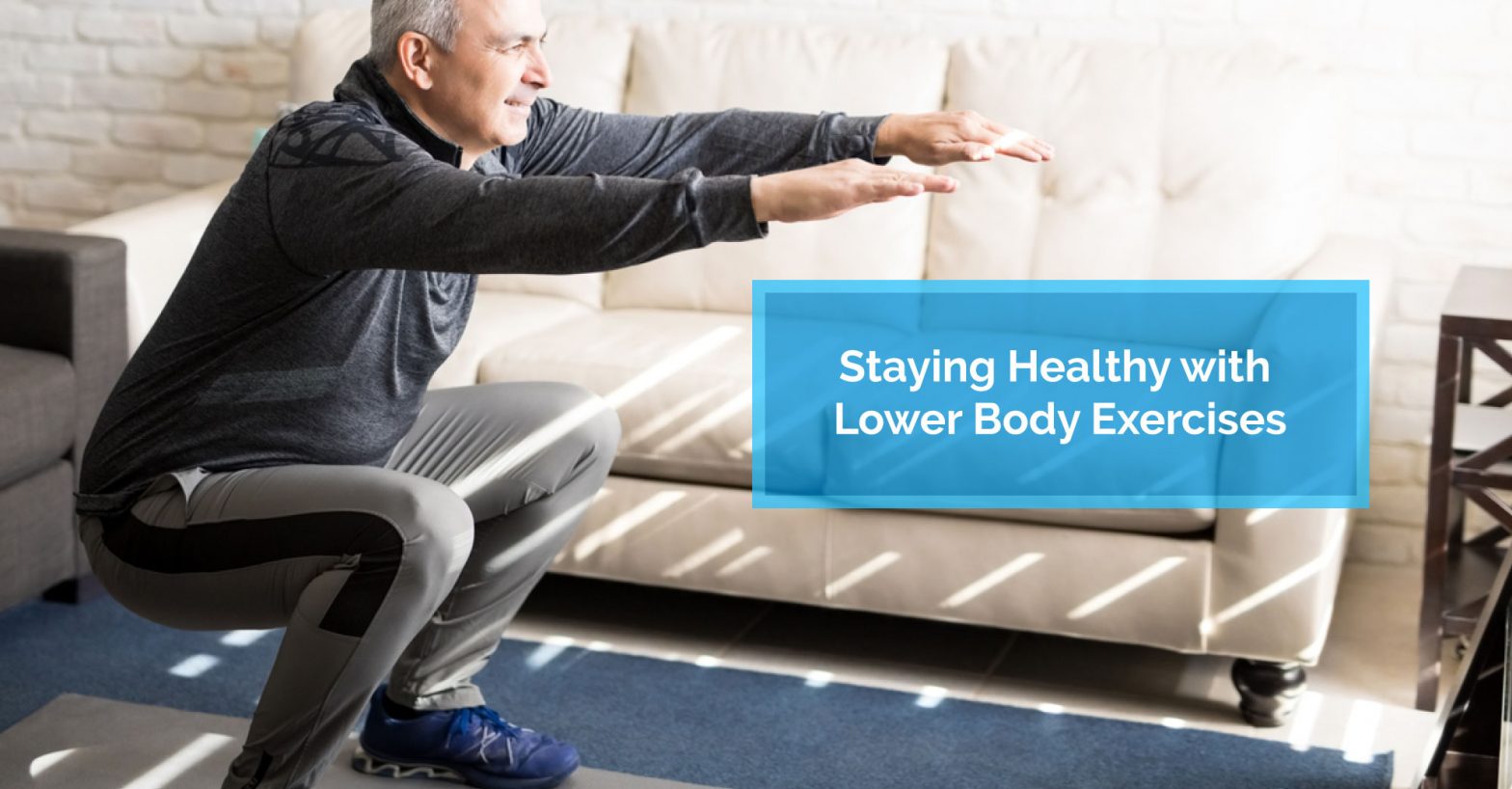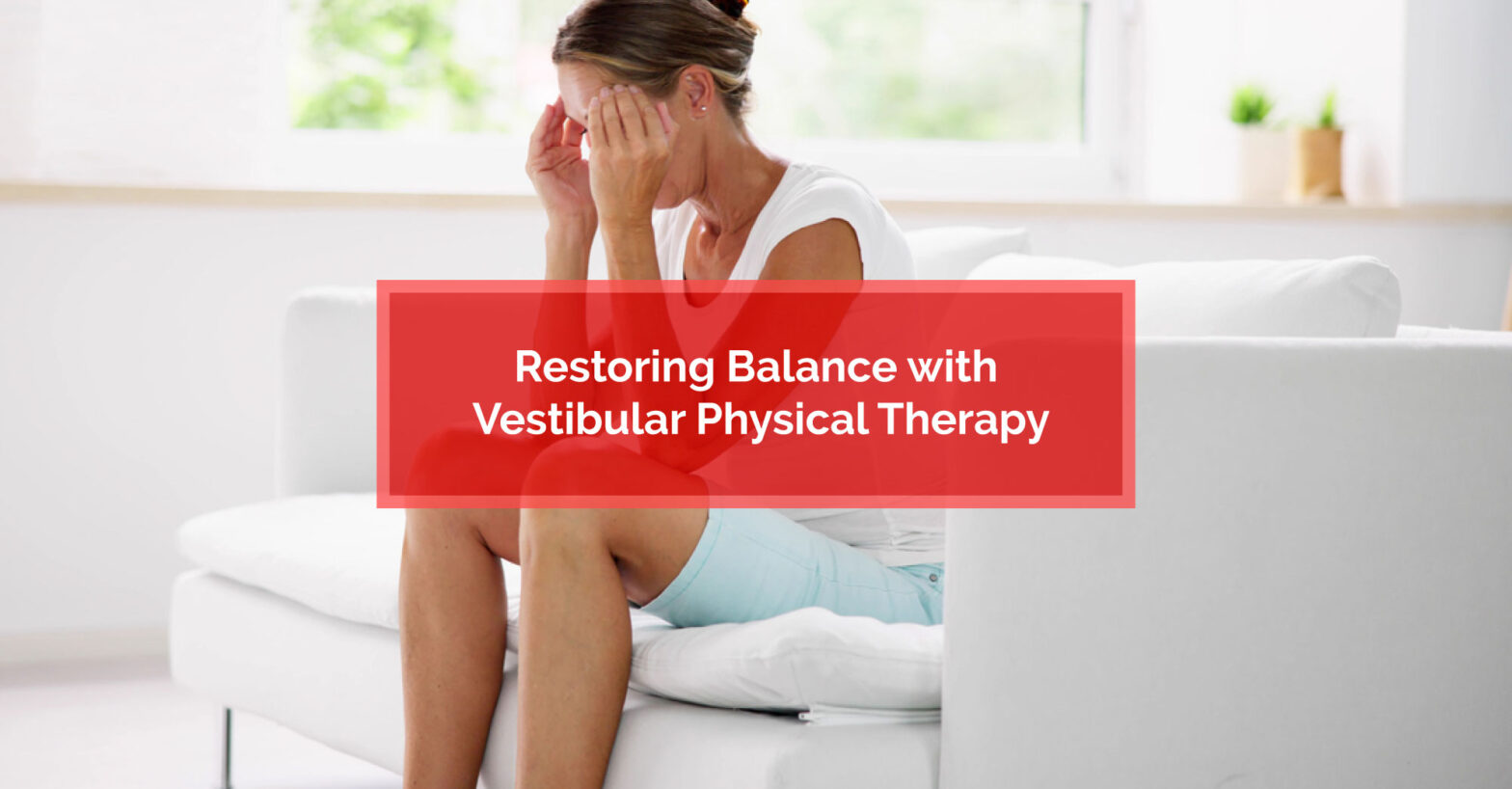Osteoarthritis Treatments: What You Need to Know...
Key Highlights: Osteoarthritis treatments focus on pain relief, restoring joint…
Read More
Posted by Dr. Scott Wilson | 01-Apr-2022
An important part of staying healthy is keeping your whole body strong. Unfortunately, even those who exercise regularly often tend to skip lower body exercises. The problem is that having a strong lower body is very important for both active lifestyle, whether that means sports or other recreational activities, and for performing the activities of daily living. A strong lower body helps maintain agility, balance, range of motion, stamina, metabolism, and bone health. It can also help to reduce pain.
If you’re looking to get back to getting healthier this spring, here’s a quick look at the basics of lower body workouts, some key lower body exercises you can do, and some things to keep in mind while doing them.
Workouts that prioritize strength look different from those that prioritize endurance, so having a distinct goal in mind is an important starting point for building a lower body exercise routine.
The strength-endurance continuum describes the most effective workout approach for achieving the desired level of strength and/or endurance. It is true for both men and women and is backed by an abundance of research. Here’s a quick summary:
Based on this, you can achieve differing results using the exact same group of exercises, simply altering the number of repetitions of an exercise, the number of sets completed, the rest time between sets, and the amount of resistance (the weight) used.
Exercises can be classified into two groups: multi-joint exercises (MJEs) and single-joint exercises (SJEs). MJEs are exercises that involve the movement of at least two joints. They’re also known as compound exercises because they engage more than one muscle to complete the movement. Whereas, SJEs are exercises that involve the movement of just a single joint. They are also known as isolation exercises given their ability to isolate a single muscle.
Beginning your routine with MJEs before moving on to SJEs is a good approach for most people. MJE exercises tend to target larger muscle groups, involve greater resistance and require more energy to complete than SJE’s. So, it’s a good idea to place them at the beginning of your routine, before you experience muscle fatigue.
There are four main muscle groups that make up your lower body. In order from largest to smallest, they are: the glutes, quadriceps, hamstrings, and calves. Here’s a list of seven key exercises which target these muscle groups, starting with three MJE’s followed by four SJE’s. Together, these lower body exercises provide a comprehensive workout. They can all be performed using just your body weight, or with added resistance – but keep in mind that form should be prioritized over weight at all times. Poor form leads to injuries, and that injury risk only increases with heavier weights. If you’re ever unsure or if something feels off, leave the weight to the side and perfect your form before progressing.
Squats are a staple for a reason. They work your quads, glutes, hamstrings, calves, and even your core. Begin by mastering a perfect bodyweight squat. If you find yourself looking for more of a challenge, you can either progress through any number of bodyweight squat variations, or you can add resistance with a barbell, dumbbell, kettlebell, medicine ball, or weighted vest. As always, listen to your body and its limitations. If something hurts, stop what you’re doing immediately. Prioritize form above all else and enjoy squatting!
Similar to squats, lunges work the glutes, quads, hamstrings, and calves. The split stance introduces an element of balance which will engage your core muscles. It also allows you to place more emphasis on each leg individually. Bodyweight lunges can be completed by staying in one spot, or by lunge-walking across a distance. You can add resistance by holding dumbbells or kettlebells in your hands, or for an even more advanced variation, you can work up to what’s known as Bulgarian split squats.
Hip thrusts are a compound exercise which primarily target the glutes but which also engages the quadriceps and hamstrings for support. A glute bridge is the simplest form of hip thrust, performed on the floor as a bodyweight exercise. Hip thrusts are a very similar movement but performed with the upper back resting against an object like a workout bench or a plyometric box. The exercise can be made more difficult through a range of variations. If you choose to add resistance with a barbell or dumbbell, you must have your back propped up in a hip thrust position. Adding weight in a glute bridge is dangerous because the weight is at risk of falling onto your upper body or head if it slips out of your grip.
When it comes to fully isolating your quadriceps, there’s nothing like the leg extension. Leg extensions involve the use of a leg extension machine, but if you don’t have access to a gym or simply prefer to exercise without equipment, there are some bodyweight alternatives that focus on working the quads.
Leg curls isolate the hamstrings. They can be performed at the gym with a seated or lying leg curl machine, or you can work the hamstrings with a floor alternative like a stability ball leg curl, or a sliding leg curl. As with any exercise, the leg curl can be performed with a number of variations to diversify your workouts or work toward particular goals.
As you may have guessed, glute kickbacks work to isolate the glute muscles. You can choose to do bodyweight glute kickbacks, or add resistance through bands, ankle weights, or cable machines with an ankle attachment.
Calf raises are a simple exercise for targeting your calves. They can be done as a simple bodyweight exercise or with added weight for increased resistance and difficulty.
Given the importance of lower body strength, flexibility and range of motion, there’s no doubt that it’s important to pay particular attention to your lower body. Armed with a basic understanding of the strength-endurance continuum and with these seven key multi and single joint lower body exercises in hand, you can now start building a lower body exercise program that’s right for your particular goals and objectives.
If you’re looking to increase your overall strength, stability and endurance, and need help with developing a program that’s right for you, contact us today and let our team of highly skilled Physiotherapists and Active Care Specialists show you why, at Physiomed, Healthier Starts Here.

Key Highlights: Osteoarthritis treatments focus on pain relief, restoring joint…
Read More
Key Highlights: Runner's knee, or patellofemoral pain syndrome, is a…
Read More
Key Highlights: Upper back and neck pain can be caused…
Read More
Key Highlights: Many people want to lose belly fat for…
Read More
Key Highlights: Vestibular physical therapy, or physiotherapy, is a specialized…
Read More
Key Highlights: Tennis elbow, or lateral epicondylitis, is a condition…
Read More